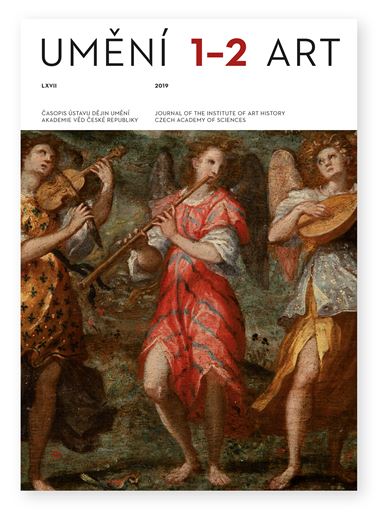Jakub Hauser
„Co kde mezi ruskou emigrací zůstalo krásného, to vše sem pietně sneseno." Výtvarná sbírka Ruského kulturně-historického muzea
The Russian Cultural-historical Museum, located in the Zbraslav Chateau in the years 1935–1945, is an important phenomenon of the history of emigration from the territory of the former Russian Empire. The motivation for the establishment of this institution, initiated by the Tolstoyan writer Valentin Fyodorovich Bulgakov and founded under the canopy of the Russian Free University in Prague, had roots in the widely implemented concept of emigration as the bearer of authentic Russian culture, the continuation of which was only possible outside the Soviet Union. The need for the continuity of pre- revolutionary culture was reflected in the efforts to define its principles and also to collect documents of the activity of Russian communities in exile. This approach was also projected into the form of the art collection of the Zbraslav Russian Museum, which did take shape to a considerable extent by chance, but nevertheless its composition — especially after Bulgakov’s acquisition trip to Paris in 1937 — showed a clear attempt to present primarily the work of artists whose names had entered general awareness already on the art scene of prerevolutionary Russia and who belonged in part to the circle of the group known as Mir iskusstva (World of Art). The activity of the museum gradually intensified with the establishment of a separate architecture gallery and the opening to the public of a room dedicated to the work of Nikolai Roerich and culminated before the outbreak of the Second World War in the publication of an ambitious catalogue entitled Russkoye iskusstvo za rubezhom (Russian Art Abroad). The article deals with the formation of the museum’s art collection, its acquisition strategy and the development of exhibitions up to the time when the museum was moved out of the Zbraslav Chateau, the effort to reconstruct a smaller version of the museum in the building of the Soviet Secondary School in Prague at Pankrác and the subsequent export of its collection to the Soviet Union, where the original Prague collection was in part divided up among several collection-forming institutions and in part lost. It traces the role played by Valentin Bulgakov in these events and also mentions the problematical reflection of the theme in contemporary Russian-language historiography.
Jakub Hauser: jakub.hauser@gmail.com
Full-text in the Digital Library of the Czech Academy of Sciences:
https://kramerius.lib.cas.cz/uuid/uuid:1dc34fcc-8841-49a9-ac73-aca23531c91b
< back

